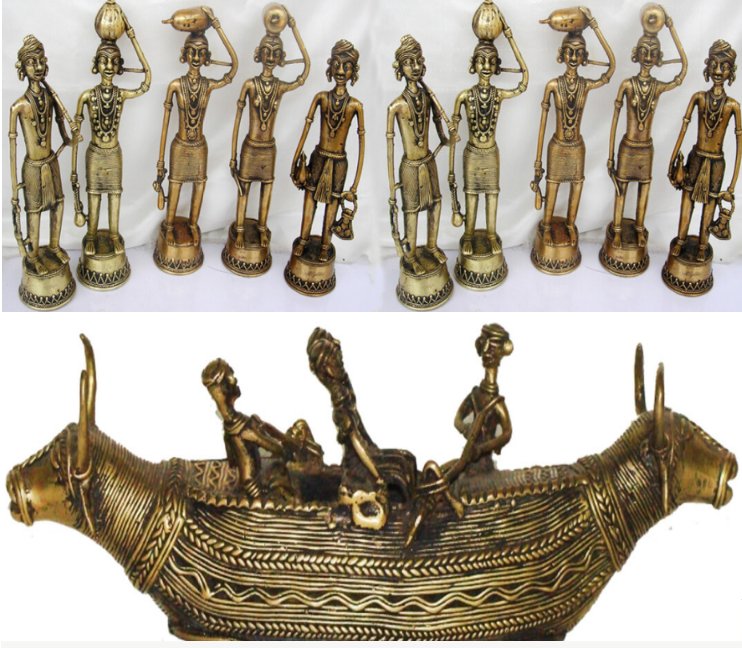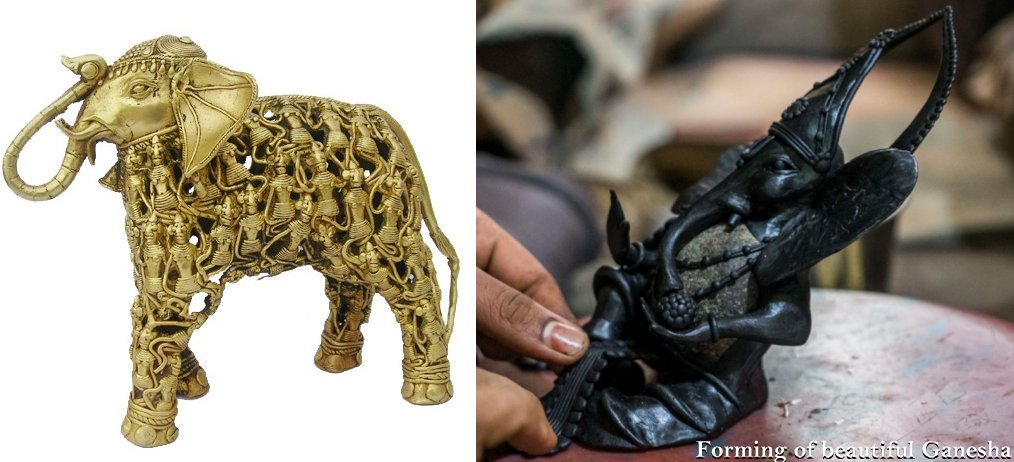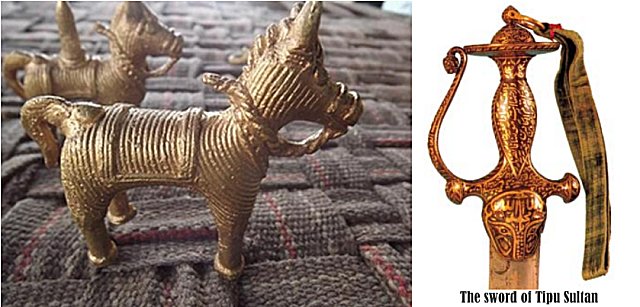Telangana And Great Ancient Iron Masterwork Of Skilled Blacksmiths Of India
A. Sutherland - AncientPages.com - India has been widely known for its iron and steel since ancient times.
The Indian state of Telangana, located on the Deccan Plateau, in southern India, is most probably be a cradle of the great tradition of metallurgy. Iron Age may have come into existence in this particular region of India much before the rest of the world.
Telangana Metal Crafts. Image credits: telanganatourism.gov.in
Skilled metallurgists of India are famous. Their great masterwork is for example - the Delhi Iron Pillar, a spectacular column of cast iron 23 feet (7 meters) high, weighing approximately 6 tons with a diameter of 16.4 inches stands in the courtyard of Kutb Minar in Delhi, India. It’s famous for the rust-resistant composition of the metals used in its construction.
There are numerous early literary references to steel from India from Mediterranean sources including one from the time of Alexander (3rd c. BC.)
Blacksmiths In Ancient India
Ancient Indians produced iron capable of withstanding corrosion, most likely due to the high phosphorus content of the iron produced during those times.
The blacksmiths of Northern Telangana, like most of the blacksmith communities of south India, fall within the Viswakarma (the Hindu god of arts and crafts) caste group and comprises five craft communities; blacksmiths, goldsmiths, bronze-smiths, carpenters, and stonemasons or sculptors.
Recently archaeologists unearthed several artifacts, including small knives and blades besides earthen pots dating back to about 2,200 BC, which pushes back Iron Age in India.
According to experts who tested the metal objects at the National Geophysical Research Institute (NGRI) date them to between 1800 BC and 2,400 BC, which means their approximate date of manufacturing is 2200 BC.
Ancestral bell metal craft from Telangana. Photo credits: © 2015 Telangana Tourism
“In India, it was understood that the Iron Age came into being around 1,800 BC in the Lahuradeva site in Uttar Pradesh. But this latest development shows that the Iron Age started much before that, at least in our country,” according to Prof KP Rao who said that “it only goes to show that our ancestors had a rudimentary yet good knowledge about wielding weapons made of metals.
The column – made up of 98% wrought iron of impure quality – not in any way welded together – seems to have been forged as a single, gigantic piece of iron. It is believed that the top of the column originally supported a figure of Garuda – “Messenger of the Gods”
Telangana state is one of several states, in which skilled metalsmiths live and work. They specialize in a very beautiful form of ancient bell metal craft known as Dhokra (or Dokra) and their work concentrates in the village is located about 59 km from Adilabad district headquarters and nearly 264 km from Hyderabad.
Left: Generations’ long Docra (Dhokra ) craft tradition – has the amazing feature that the pieces are crafted out of a single piece of metal and have no joints. Right: Wootz steel was highly prized across several regions of the world over nearly two millennia and one typical product made of this Indian steel came to be known as the Damascus swords. A splendid example is the sword of Tipu Sultan.
Telangana's tribal metal craft is also known as Ojjis who makes brass metal art objects using the complex but the perfect lost wax technique for the casting of the metal.
Method Of Making Dokra
The technique of lost wax casting is being practiced in India for more than 4000 years and even to this day, it is in use by these craftsmen. This was clearly observed in the objects recovered from the ruins of Mohenjo-Daro. These Dokra artifacts are mainly made in brass and are highly unique wherein the pieces do not have any form of joints. The whole object is fully handcrafted.
The method of making Dokra is done by combining the metallurgical skills with that of the lost wax technique. The handicrafts are known for combining metallurgical skills with a wax technique for making artifacts of distinctive look and beauty. The lost-wax technique is a distinct form where the mold is used only once and broken, which makes the figure one of its kind in the handicraft market.
There are two processes of lost wax casting. The first one is Solid casting which is the method followed in the South and hollow casting, practiced in other states. The hollow casting method makes use of the clay core method, treated as the traditional method.
This workmanship is practiced by the Woj community, who create the idols and figures. There are about 50 families in the Adilabad district who are skilled in this ancestral craft.
At first, the skilled artist makes a clay core, which is filled with bee’s wax and resin and shaped, then it is covered with clay and there are drains made on the mold so the wax can be drained after the mold is heated.
Subsequently, the wax is replaced by molten brass, gold, bronze, or silver which is left for hardening inside the mold. Then the mold is removed for retrieving the object inside and finally, the object is polished. The entire process takes weeks to complete depending on the complexity of the sculpture.
The designs made are metal figurines, elephants, folk motifs, peacocks, horses, and also household articles such as measuring bowls.
Dhokra represents the exquisite variety and glory of Telangana’s master handicrafts.
Written by – A. Sutherland AncientPages.com Staff Writer
Copyright © AncientPages.com All rights reserved. This material may not be published, broadcast, rewritten or redistributed in whole or part without the express written permission of AncientPages.com
Expand for references
More From Ancient Pages
-
 Battle Of Arsuf – Site Where King Lionheart And The Crusaders Defeated Saladin – Found
Archaeology | Aug 1, 2020
Battle Of Arsuf – Site Where King Lionheart And The Crusaders Defeated Saladin – Found
Archaeology | Aug 1, 2020 -
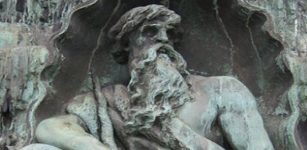 Aegir – Jotun Lord Of The Stormy Seas Revered And Feared By Norsemen
Featured Stories | Sep 6, 2019
Aegir – Jotun Lord Of The Stormy Seas Revered And Feared By Norsemen
Featured Stories | Sep 6, 2019 -
 Ancient Ingapirca: Largest And Best Preserved Inca Ruins In Ecuador
Civilizations | Dec 9, 2016
Ancient Ingapirca: Largest And Best Preserved Inca Ruins In Ecuador
Civilizations | Dec 9, 2016 -
 Mystery Of The Ashkenazi Jews Found In A Medieval Mass Burial – Solved!
Archaeology | Aug 30, 2022
Mystery Of The Ashkenazi Jews Found In A Medieval Mass Burial – Solved!
Archaeology | Aug 30, 2022 -
 Mysterious Ancient Maya ‘Star War’ Glyph And Its Possible Connection To Venus
Archaeoastronomy | Feb 20, 2019
Mysterious Ancient Maya ‘Star War’ Glyph And Its Possible Connection To Venus
Archaeoastronomy | Feb 20, 2019 -
 Triumphal Arch Of Roman Emperor Constantine And His Great Vision
Featured Stories | Jul 12, 2017
Triumphal Arch Of Roman Emperor Constantine And His Great Vision
Featured Stories | Jul 12, 2017 -
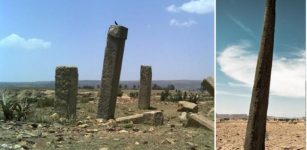 1,000-Year-Old Church Walls Unearthed In Ethiopia By Polish Archaeologists
Archaeology | Apr 26, 2020
1,000-Year-Old Church Walls Unearthed In Ethiopia By Polish Archaeologists
Archaeology | Apr 26, 2020 -
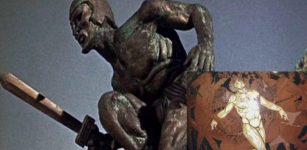 Earliest Fascinating Concepts Of Artificial Intelligence And Robots In Ancient Myths – Examined
Archaeology | Mar 6, 2019
Earliest Fascinating Concepts Of Artificial Intelligence And Robots In Ancient Myths – Examined
Archaeology | Mar 6, 2019 -
 Seven Gods Of Happiness – Bring Luck, Prosperity And Health In Japanese Folk Belief
Featured Stories | Jun 29, 2020
Seven Gods Of Happiness – Bring Luck, Prosperity And Health In Japanese Folk Belief
Featured Stories | Jun 29, 2020 -
 Can Fossil Teeth Confirm The “Big Brain – Long Childhood” Hypothesis?
Evolution | Nov 15, 2024
Can Fossil Teeth Confirm The “Big Brain – Long Childhood” Hypothesis?
Evolution | Nov 15, 2024 -
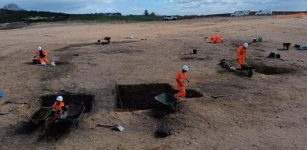 Why Was The Iron Age Village Near Elgin In Scotland Suddenly Abandoned And Burned Down?
Archaeology | Jul 29, 2022
Why Was The Iron Age Village Near Elgin In Scotland Suddenly Abandoned And Burned Down?
Archaeology | Jul 29, 2022 -
 Fairies Weren’t Always Cute – They Used To Drink Human Blood And Kidnap Children
Featured Stories | Oct 15, 2022
Fairies Weren’t Always Cute – They Used To Drink Human Blood And Kidnap Children
Featured Stories | Oct 15, 2022 -
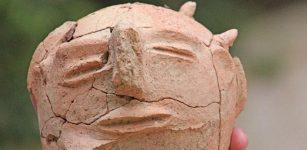 A Head Of A Statue Dated To 700 BC, Animal Figurines And Jordan Valley’s Occupation History
Archaeology | Sep 1, 2018
A Head Of A Statue Dated To 700 BC, Animal Figurines And Jordan Valley’s Occupation History
Archaeology | Sep 1, 2018 -
 Magnetic Fields Used To Explore Doggerland And Other Prehistoric Submerged Sites
Archaeology | Mar 10, 2023
Magnetic Fields Used To Explore Doggerland And Other Prehistoric Submerged Sites
Archaeology | Mar 10, 2023 -
 Daily Life Of A Lady In Waiting – A Dangerous Profession Sometimes
Ancient History Facts | Aug 24, 2023
Daily Life Of A Lady In Waiting – A Dangerous Profession Sometimes
Ancient History Facts | Aug 24, 2023 -
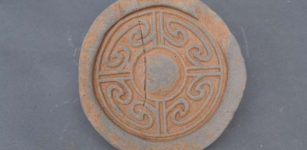 Discovered Inscription On Ancient Stone Vessel Reveals Location Of Legendary Tomb Of Chinese Emperor
Archaeology | Jan 11, 2021
Discovered Inscription On Ancient Stone Vessel Reveals Location Of Legendary Tomb Of Chinese Emperor
Archaeology | Jan 11, 2021 -
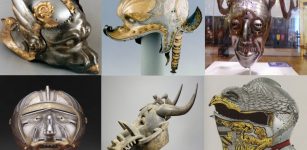 Truly Bizarre And Most Fearsome Ancient Helmets Ever Seen
Artifacts | Sep 1, 2016
Truly Bizarre And Most Fearsome Ancient Helmets Ever Seen
Artifacts | Sep 1, 2016 -
 Secret High-Tech Knowledge Hidden In Ancient Manuscripts And The Mysterious Seven Sky Kings
Ancient Mysteries | Aug 24, 2021
Secret High-Tech Knowledge Hidden In Ancient Manuscripts And The Mysterious Seven Sky Kings
Ancient Mysteries | Aug 24, 2021 -
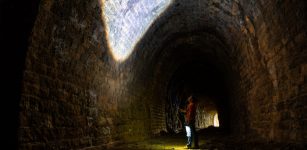 Riddle Of The Ancient Lost City Beneath Missouri – A Puzzling Discovery
Civilizations | Mar 21, 2022
Riddle Of The Ancient Lost City Beneath Missouri – A Puzzling Discovery
Civilizations | Mar 21, 2022 -
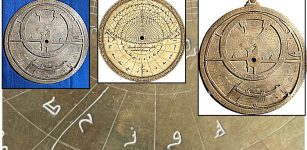 Rare Eleventh-Century Astrolabe Unearthed Recently Sheds Light On Islamic-Jewish Scientific Exchange
Scripts, Paintings & Inscriptions | Mar 4, 2024
Rare Eleventh-Century Astrolabe Unearthed Recently Sheds Light On Islamic-Jewish Scientific Exchange
Scripts, Paintings & Inscriptions | Mar 4, 2024

